20 minutes at sea with Alan Roura
On the Imoca Hublot for the 16th edition of the Transat Jacques-Vabre, the skipper and ambassador of the Swiss watchmaking maison Hublot Alan Roura explains his vision and the way he manages time at sea.
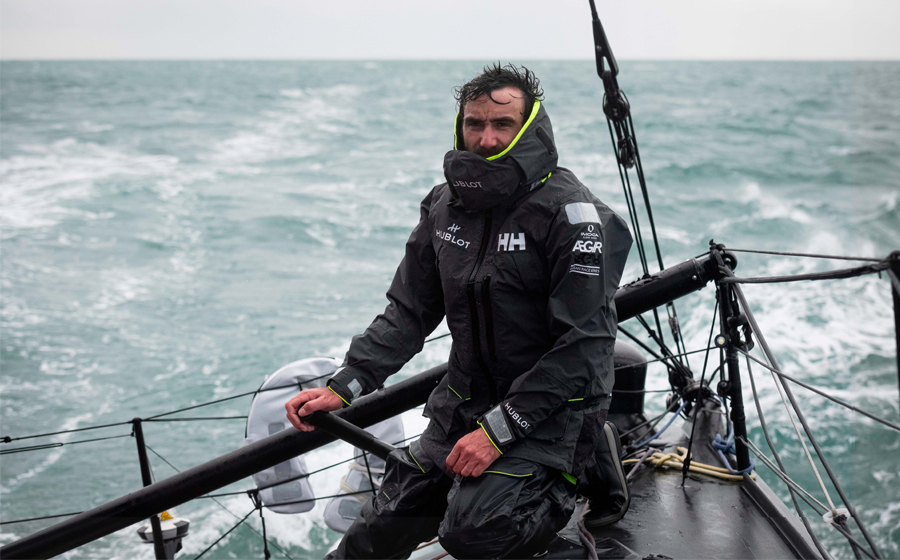
Fort-de-France here they come! On the 29th of October in Le Havre, the 16th edition of the Transat Jacques-Vabre was kicked off. The Norman city is the usual starting point of the mythical sailing race, which is celebrating its 30th anniversary this year. Almost 100 tandems and 95 boats set out toward the ocean between Normandy and Martinique. The programme includes three new routes for the four boat classes that set off. The Class40 will stay in the North Atlantic, but their journey will still be more than 4,500 miles long and go through Sal Island. This Route du Café is indeed the longest transatlantic race.
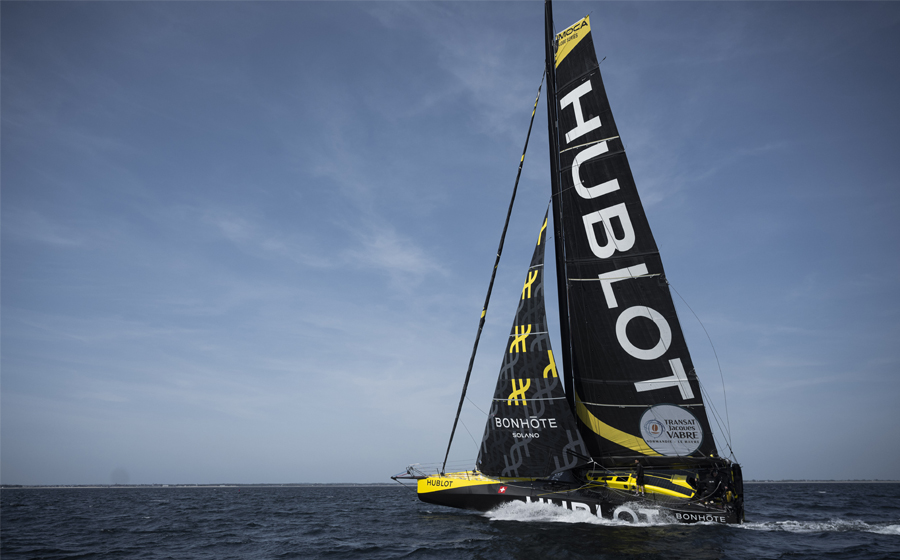
The oddities of the sea, the Ultims, will sail even more toward the south until they reach Ascension Island. Then they will go back up to Martinique, their stems piercing through 7,000 miles of sea. Finally, the Ocean Fifty and the Imoca will follow the same route with a detour in the South Atlantic through the Brazilian archipelago of Sao Paolo & Sao Pedro for the monohulls and through Fernando de Noronha for the multihulls. This route will force them to go through the dreaded doldrums twice and to travel for 6,000 nautical miles.
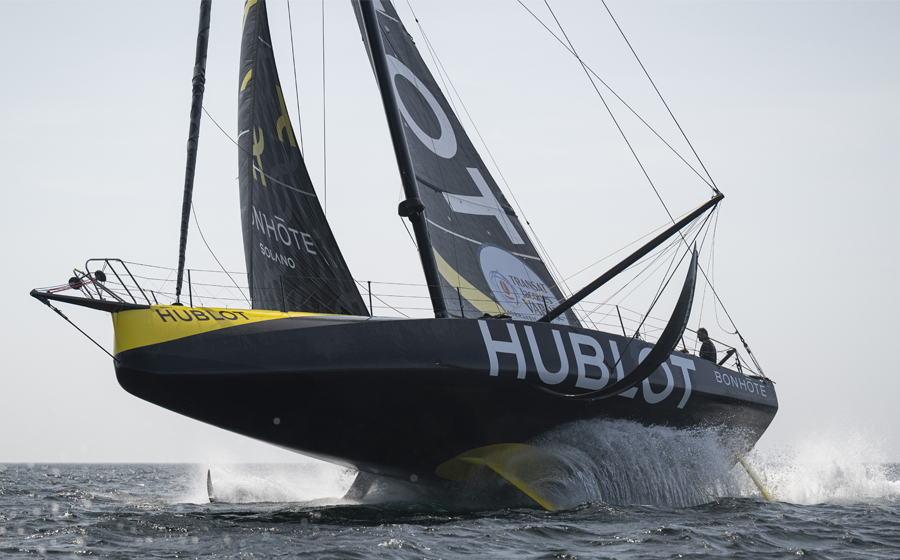
Skipper and Hublot ambassador Alan Roura (with his teammate Simon Koster) will take this journey once the weather conditions are better and the Imoca Hublot can set off to the open sea. At 30 years old, Roura is the youngest man to finish the Vendée Globe (2016) and the record holder of the 2019 single-handed North Atlantic crossing. The expert of this Formula 1 of the sea, the Imoca Hublot, is taking part in the Jacques-Vabre race for the fourth time. The goal? Prepare for the tenth edition of the Vendée Globe in 2024. While he is unable to cast off on the way to Fort-de-France, Alan Roura answered our questions on time management during the race and the way the hours are spent at sea.
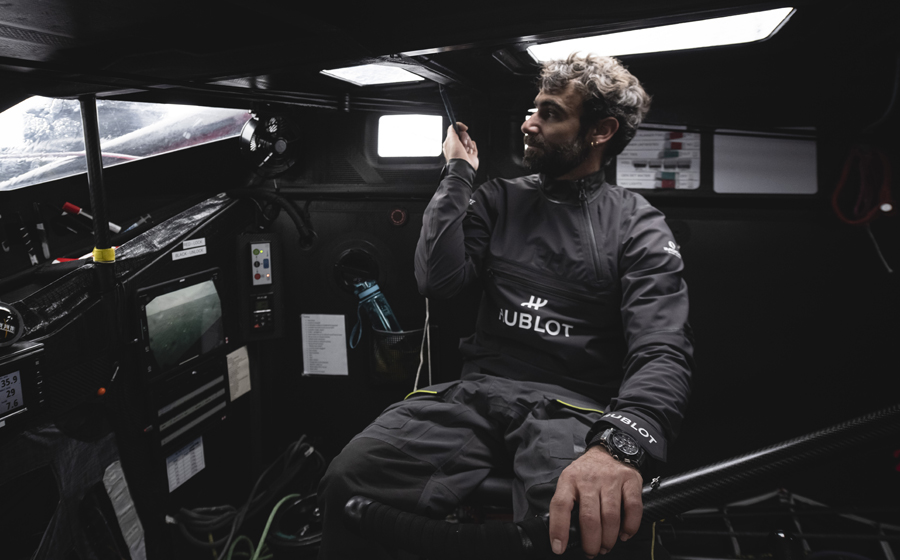
Arthur Frydman: when you are in the middle of the ocean, do you enter a sort of different time dimension?
Alan Roura: During navigation, everything is indeed different. We enter a parallel world with a very different rhythm than the one we have on land and 24-hour-a-day pressure. This is what makes our sport so special. We need to deal with this while staying focused on the boat so that it keeps moving the way we want it to. And we must not forget to rest to stay lucid.
What about getting back to the land?
It is always so strange coming back. We do not want time to stop. During the race, we live for our sport on our boat, remote from everything. But a lot has happened without us, so we feel a little lost. We have to quickly return to a normal rhythm, which is often difficult. We need to rest enough to get back to a normal life. I personally need to finish the race in my head before I can be a human being again.
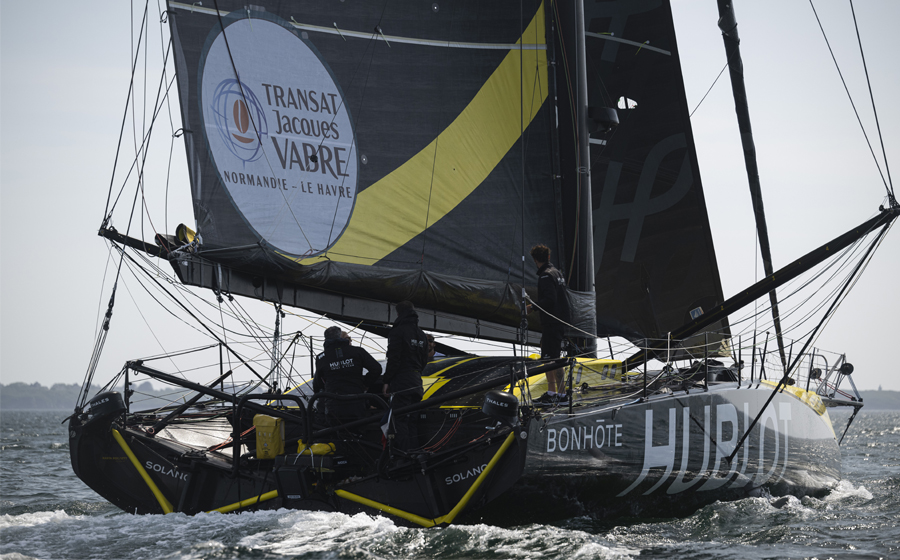
The days become numbers, the date disappears… How do you find this distortion of time?
When I am at sea, the days are all the same and always last 24 hours. Despite that, it is still really important to know which day it is and to have a timing reference. Our days follow the pattern of fixed times, such as the publication of the weather or the ranking. These truly are points of reference because time surprisingly flies quickly when you are at sea.
How do you put your days in order when you live on the boat?
First, we have a coffee while the sun rises (laughs). Then, we receive the first weather forecast before we work on our strategy and making sure our boat is in good working order. There is not really a precise timing for this, because it all depends on the sea conditions, the wind and our physical state. I cannot really say there is a typical day on the Imoca.
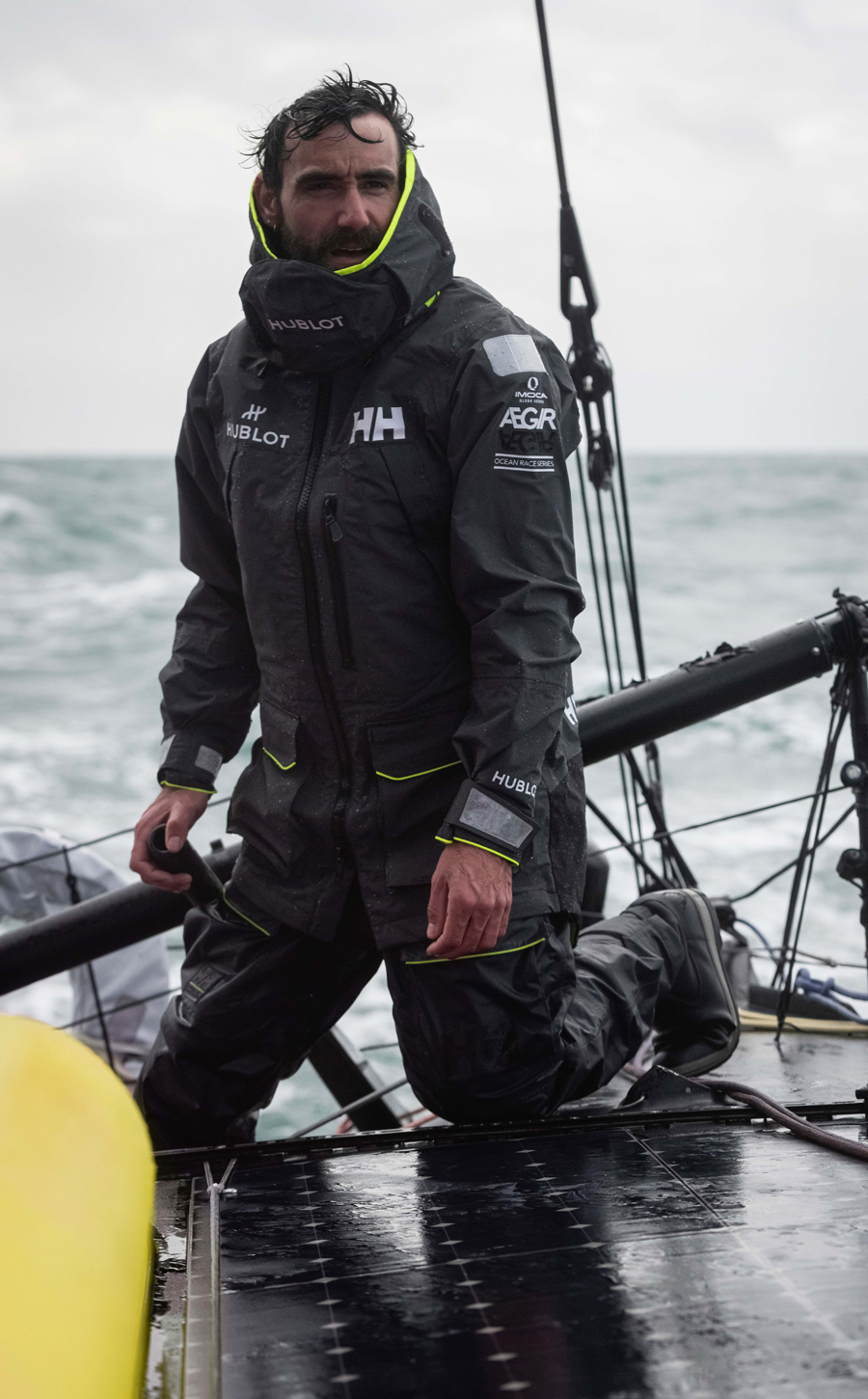
On such races, are rhythm and timing essential data for relaxed navigation?
Tempo is indeed fundamental. But the weather is what really sets the pace, as well as the strategy. Races like the Jacques-Vabre are great training for the Vendée Globe next year. We need to tame this very complex boat while still taking pleasure in it. We use each time we navigate to get as much information as possible regarding our performance, but also the human aspect.
Is your Hublot Big Bang an important partner during your day?
During the Transat and aboard the Imoca Hublot, I have my Big Bang Original Steel Ceramic. When I am sailing, I always have it on my wrist. But for some tricky manoeuvres, it is best to take it off and hang it inside the boat, so I do not lose it.
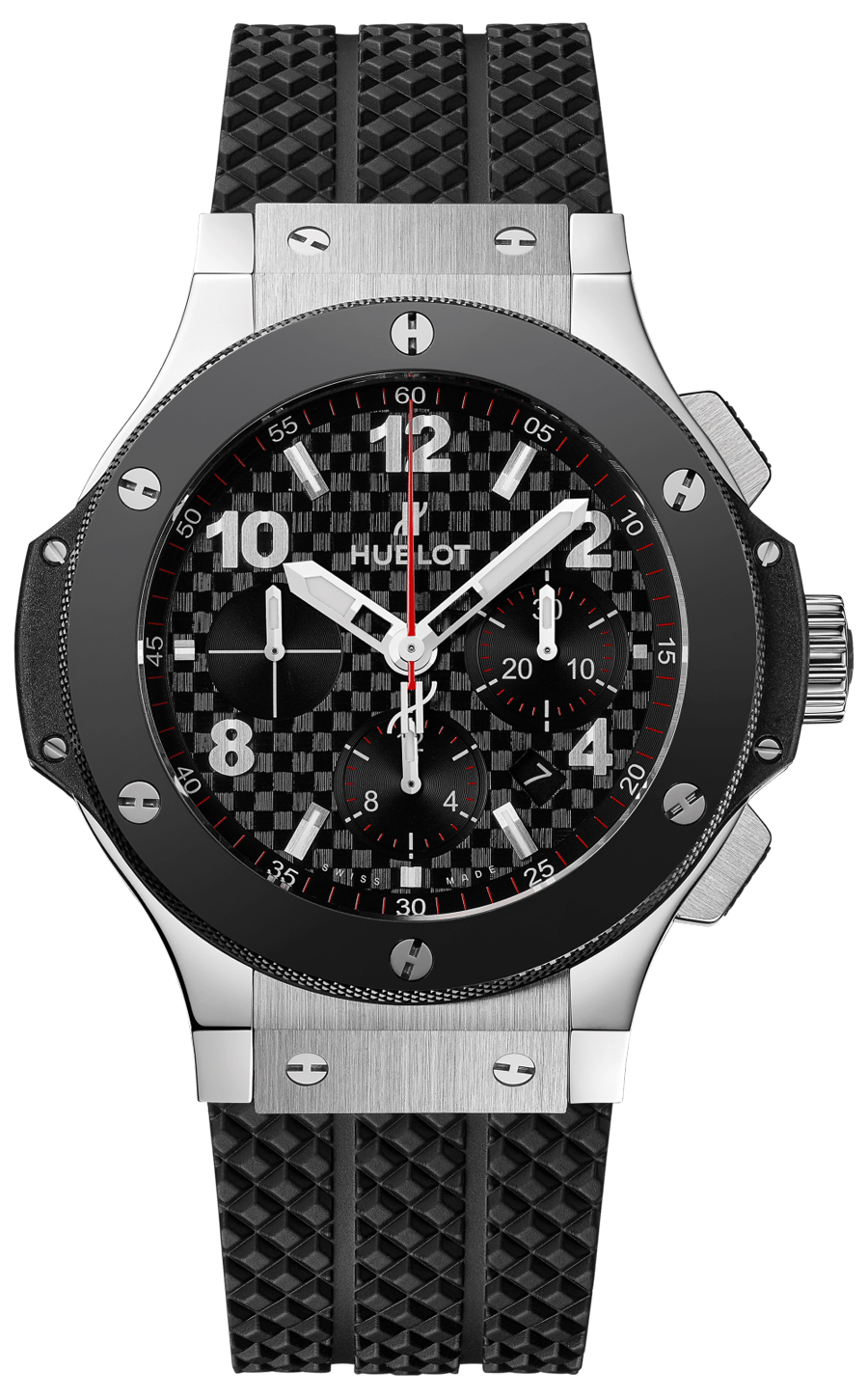
€14,600
Click here to read the Hublot Big Bang Original Steel Ceramic full technical sheet.
Does this partnership with Hublot help with achievements?
Hublot is a huge sponsorship pushing us to perform with this very complex monohull that has its very own technology. We learn more about it every day. We work with Hublot in mutual understanding. Everything is done to write a beautiful page of the history of sailing.
What do you expect of this new edition of the Transat Jacques-Vabre?
First, we will properly get out of the Bay of Biscay. Then, we will get to the coast of Portugal as quickly as possible. The first four days of sailing are always very intense. I feel confident about our upcoming performance, the state of our boat and the way we prepared. With Simon (his teammate, editor’s note) we are ready and in a good state of mind regarding what the boat can do for us. But the Transat is a really long race. Even though we want to give 100% the whole time, we must be careful that the monohull does not break from the beginning. Eventually, after underperforming during my last time on the Jacques-Vabre, I need to get my revenge.
Do you still have such a good dynamic with your teammate Simon?
Simon and I have known each other for ten years. We have a very strong friendship. Sailing together was quite a natural choice for us. It is smooth and easy between us. I cannot wait to make use of all we have learned together. But all in all, we like to be at sea, and that is what matters the most.
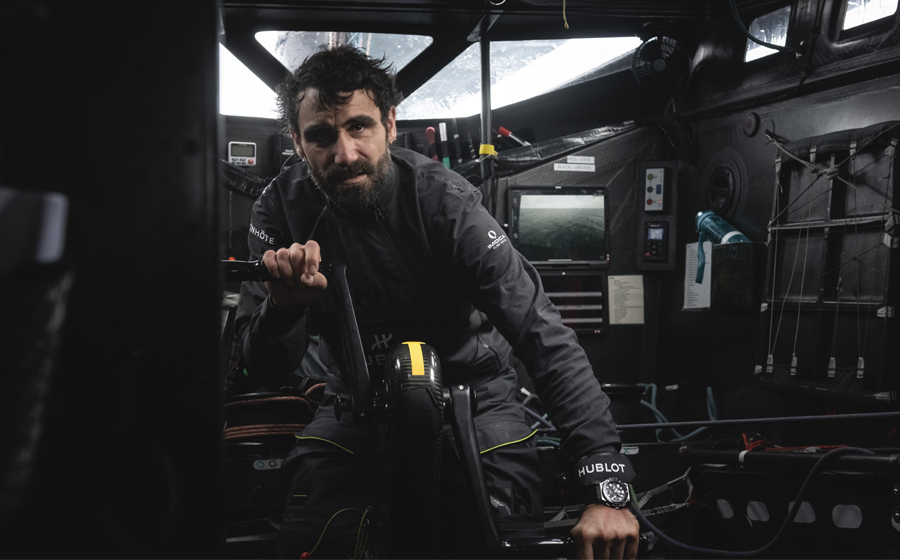
Anything else you want to say?
Unsurprisingly, what I am focusing on twenty-four hours a day is the Vendée Globe. Everything I am doing now is to prepare for this big challenge. But before that, the boat will be worked on again for some modifications before two more transatlantic races to prepare for the Vendée Globe. It will be a true obstacle course until this day comes.
Read also: